Feathery Societarian
Featheries resemble birds, with beaks, naked feet and hands, and long feathers in their arms resembling a wing shape.
Biology
Physical Characteristics
As the name implies, featheries are the only subspecies covered in feathers. Additionally, they are the only ones to consistently have beaks across all phenotypes.They are always digitigrade and have generally similar feet, though some of them have one or two of their toes pointing backwards, some have a toe rotated up with a bigger claw, while a minority have one or two toes pointing only forwards. It is common for the males of this subspecies to be leaner, physically flamboyant and colorful compared to females.
Reproduction
Featheries reproduce between males and females and give birth to live young, generally one at a time. The babies are born covered in down which is rapidly replaced by fluffy feathers as they grow.Social Characteristics and Cues
Featheries demonstrate affection by preening the cheeks of others with their beaks. In the case of intimate partners, they will preen each other's necks and shoulders as well.Males are usually considered more emotional, and females more resilient.
Geographical distribution
Featheries are native to the Dhalmain Island, and most of them are still located there.However, their close economic alliance to the Kingdom of Thaur made a sizeable amount of people from both nations to move between the two islands, and nowadays featheries are a very common sight in the southwestern area of Thaur, having large communities made of evenly distributed featheries and furries.
Culture
Identity
National identity
Aside of Roosters, most featheries consider themselves Dhalmanite. This is a nation proud of their immense influence on the culture of the rest of the archipelago, as things like their calendar and language have become standard use across all islands.Religion
As most featheries are from Dhalmain, the most common religion they ascribe to is Autonomism, the belief that the natural laws of the universe had autonomy before life existed.

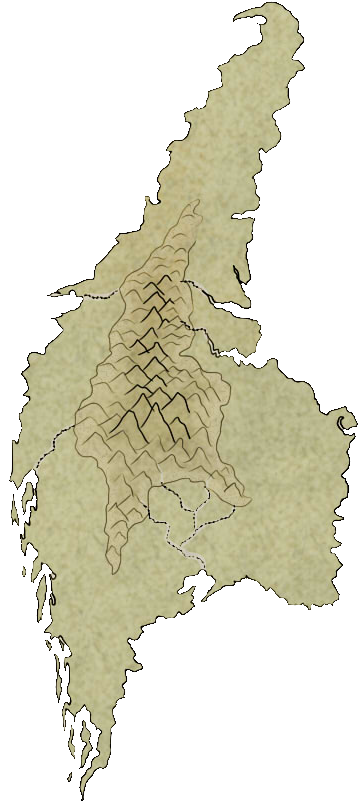
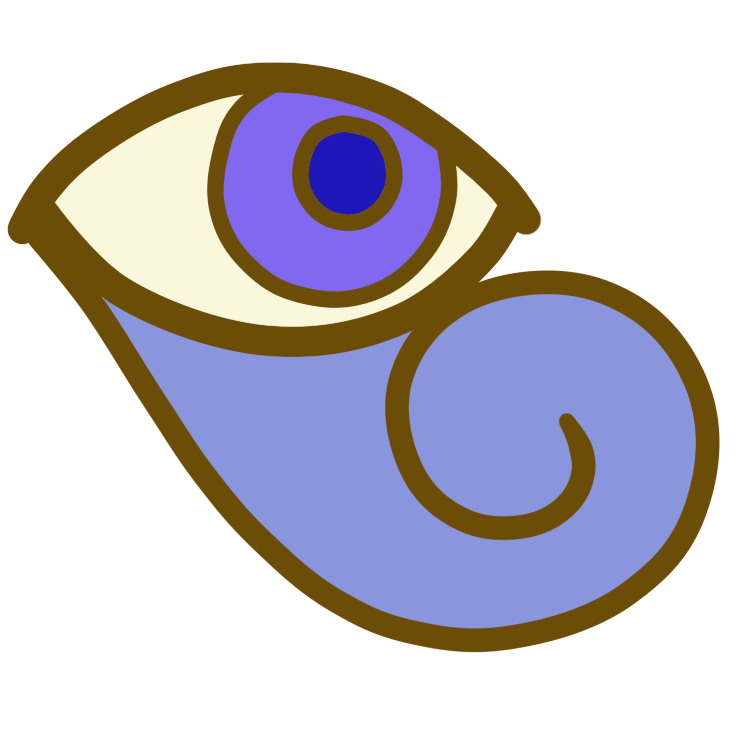
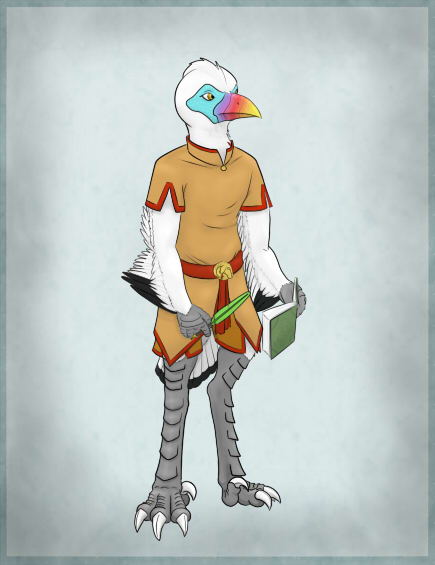

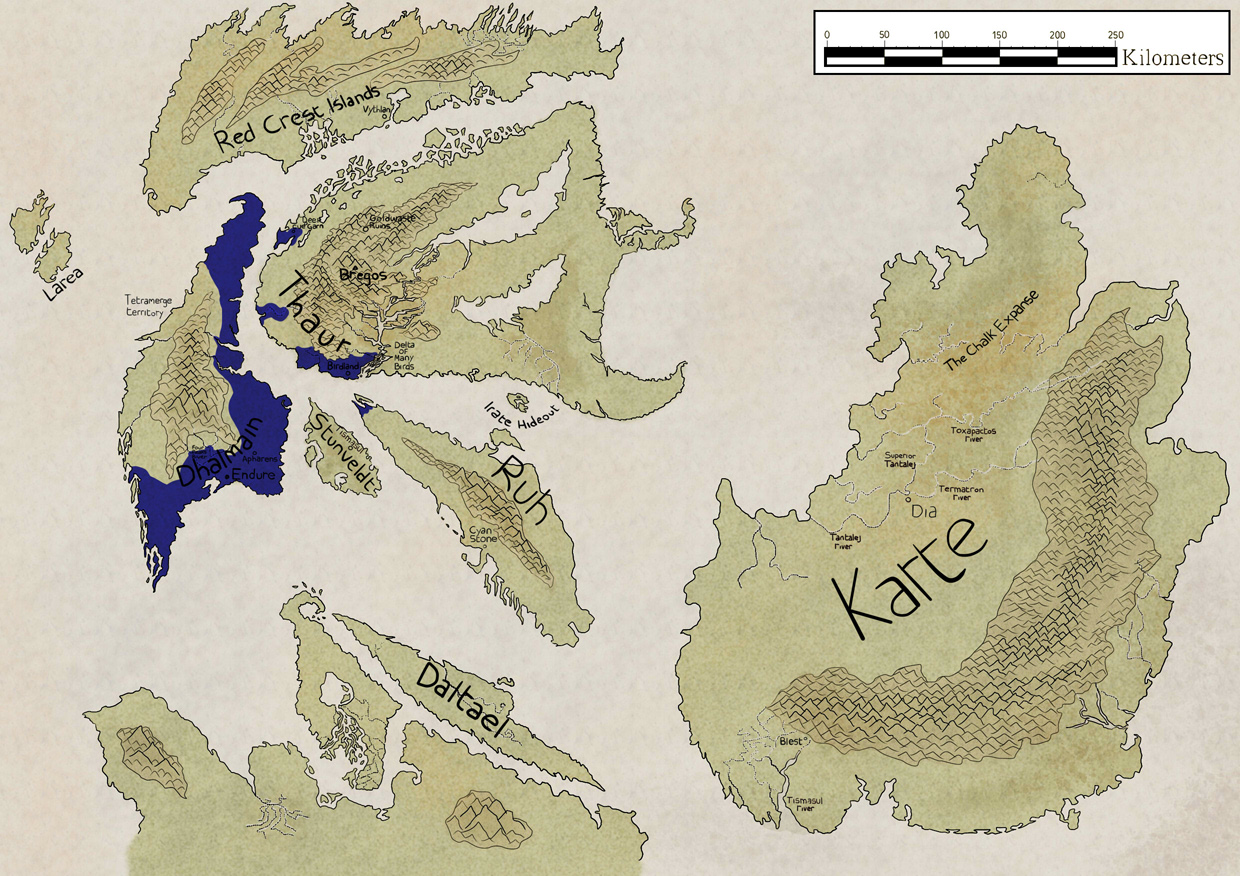
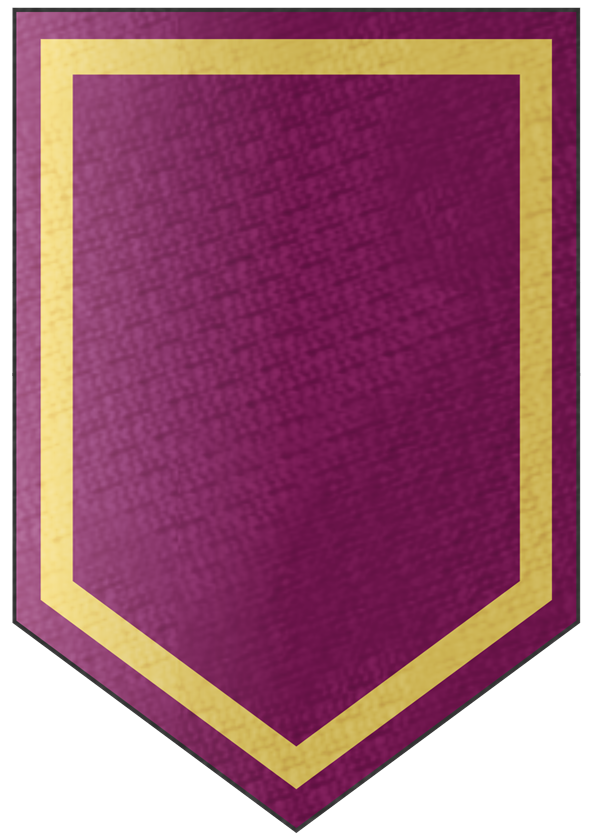
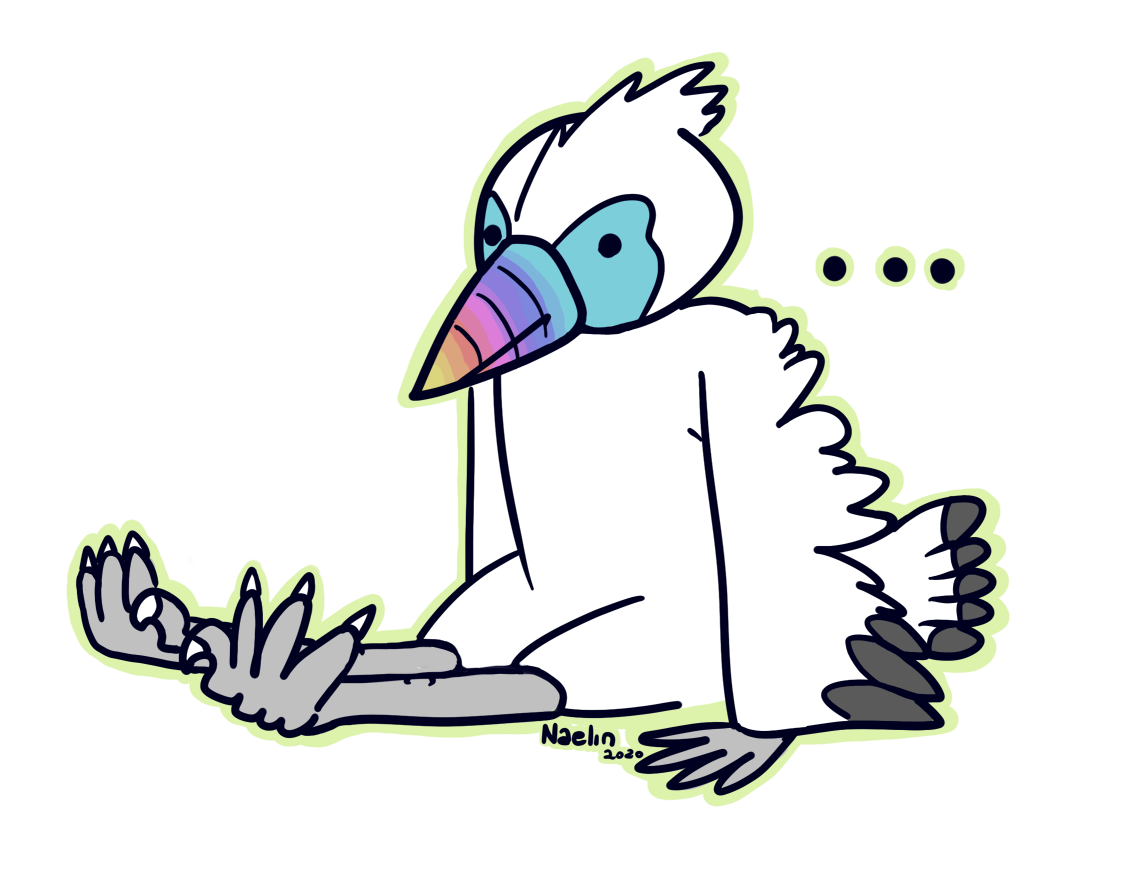



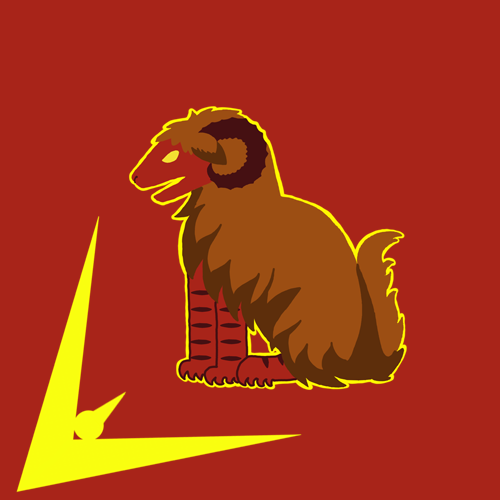


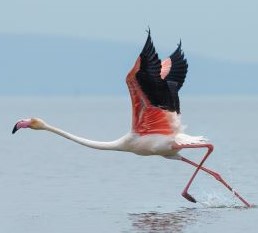
Gosh, I just love how you art. So expressive, finely-tailored, and well-poised <3 Looking forward to learning more about the other subspecies as well!
You are doing a great job! Keep creating; I believe in you!
Luridity: Where love is love and life is lived. Contains NSFW content.
Now with serialized fiction on Ream!!
Thank you Dani <3 Several years of accumulating drawings are most useful for this broad articles hahaha